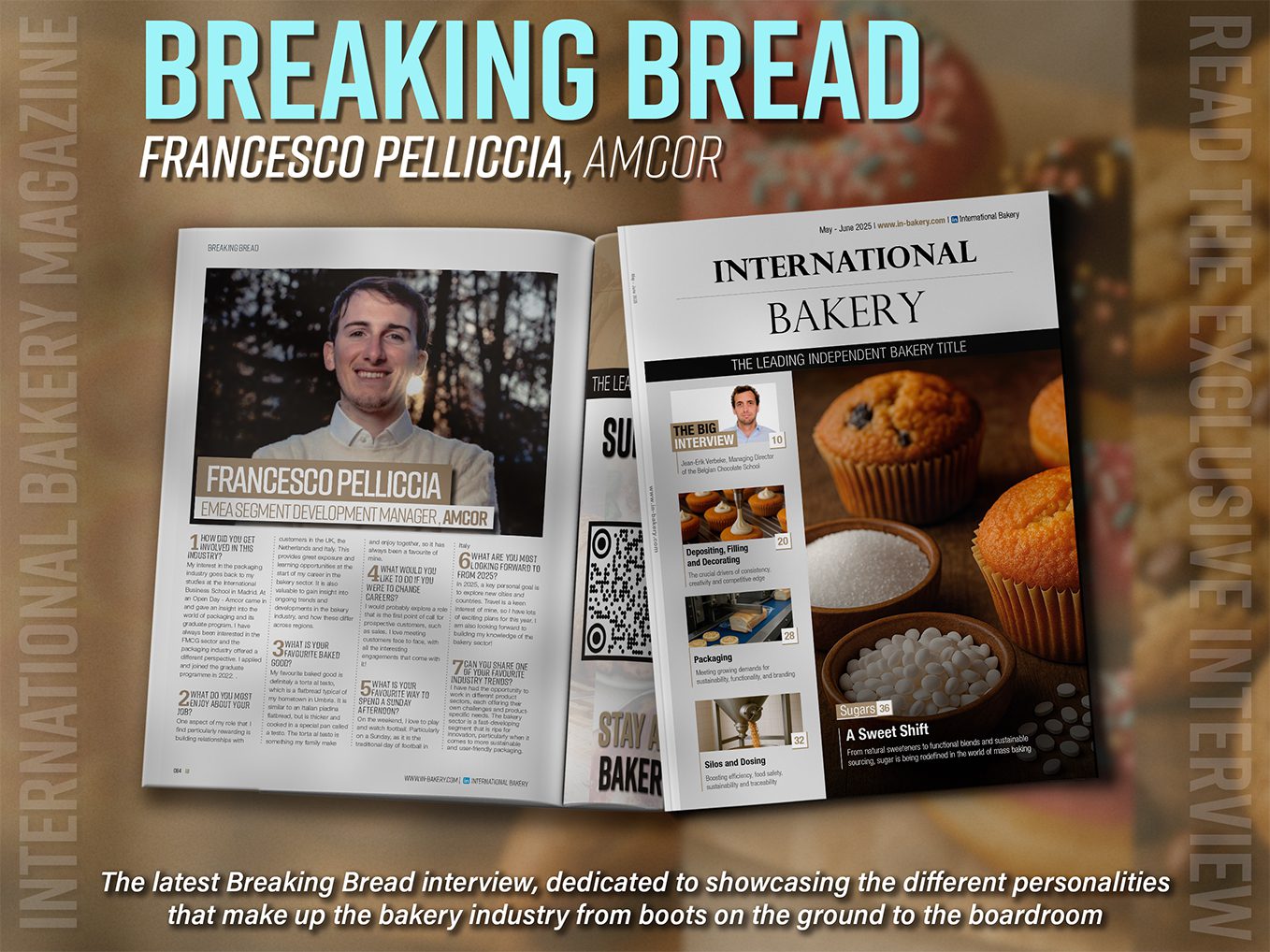According to Facts and Factors who have published a new report on the global wheat flour market, it is expected to reach a value of US$294 billion by 2028.
Wheat flour is made by grinding kernels of whole wheat grain – or milling, as it is known. It can be bleached, fortified, enriched or unbleached depending on the requirement. Wheat flour is popular among consumers for its nutritional value, as a rich source of iron, calcium, fibre, vitamins B, magnesium and iron.
To increase the market value of wheat flour, the product is processed by many manufacturers, adding nutrients equal to or greater than the nutrients present in unprocessed flour such as folic acid, riboflavin and thiamin. Until recently, no major health concerns were associated with wheat flour – multiple illnesses have been reported following the consumption of raw wheat flour and products that contain excess quantities such as cookies and biscuits.
The global market is expected to increase owing to rising demand for baked goods where different kinds of wheat flour act as key ingredients. High-quality textured baked goods are more popular than their counterparts. This texture is achieved through flour, which when mixed with water results in the formation of gluten.
Demand for baked goods is propelled by the rising population along with rising disposable income and constant innovation in the baked goods category.
High demand for gluten-free products, however, may restrict global market growth, whereas the rising organic food consumption trend is expected to provide growth opportunities.
The market is segmented by application, type, end-user, distribution channel, application and region. Based on application, the market is divided into bakery, noodles, snacks, pasta, biofuel and others. Baked items lead the segment growth – in Australia, approximately 90% of households consume bread in some form or other.
Based on type, the market is segmented into semolina flour, all-purpose flour, fine wheat flour, whole wheat flour and bread flour. This market is dominated by all-purpose flour as it can be used to create all kinds of baked items including pizza, biscuits and bread.
The-end users are segmented into food manufacturers, household, institutional, food service and commercial. The commercial segmented has overseen the highest growth driven by high requirements in the food processing industry. According to analysis done by the US Department of Agriculture, 84 companies in the baking industry used 102 million hundredweight of wheat flour for commercial use.
Based on distribution channel, this involves retail stores, hypermarkets and supermarkets, and online stores. Retail chains dominated the market as they are more accessible to consumers across regions.
Read more latest industry news and developments in our free to download magazine.
Never miss a story… Follow us on:
![]() International Bakery
International Bakery
![]() @int_bakery
@int_bakery
![]() @Bakeryint
@Bakeryint
Media contact
Caitlin Gittins
Editor, International Bakery
Tel: +44 (0) 1622 823 920
Email: editor@in-bakery.com






